7 Best Cable Connectors You Should Invest In Right Now
In today’s rapidly advancing technological landscape, the importance of reliable and high-performance cable connectors cannot be overstated. According to a recent industry report by ResearchAndMarkets, the global cable connectors market is expected to reach approximately $30 billion by 2025, driven by the increasing demand for data transfer and connectivity solutions. As businesses and consumers alike rely on seamless connections for everything from high-speed internet to smart home devices, investing in top-quality cable connectors is crucial. This blog will explore the seven best cable connectors you should consider investing in right now, ensuring your setup is efficient and future-proof. Whether you're a tech enthusiast or simply looking to enhance your home or office network, understanding the different types of cable connectors available is essential for optimizing performance and reliability.
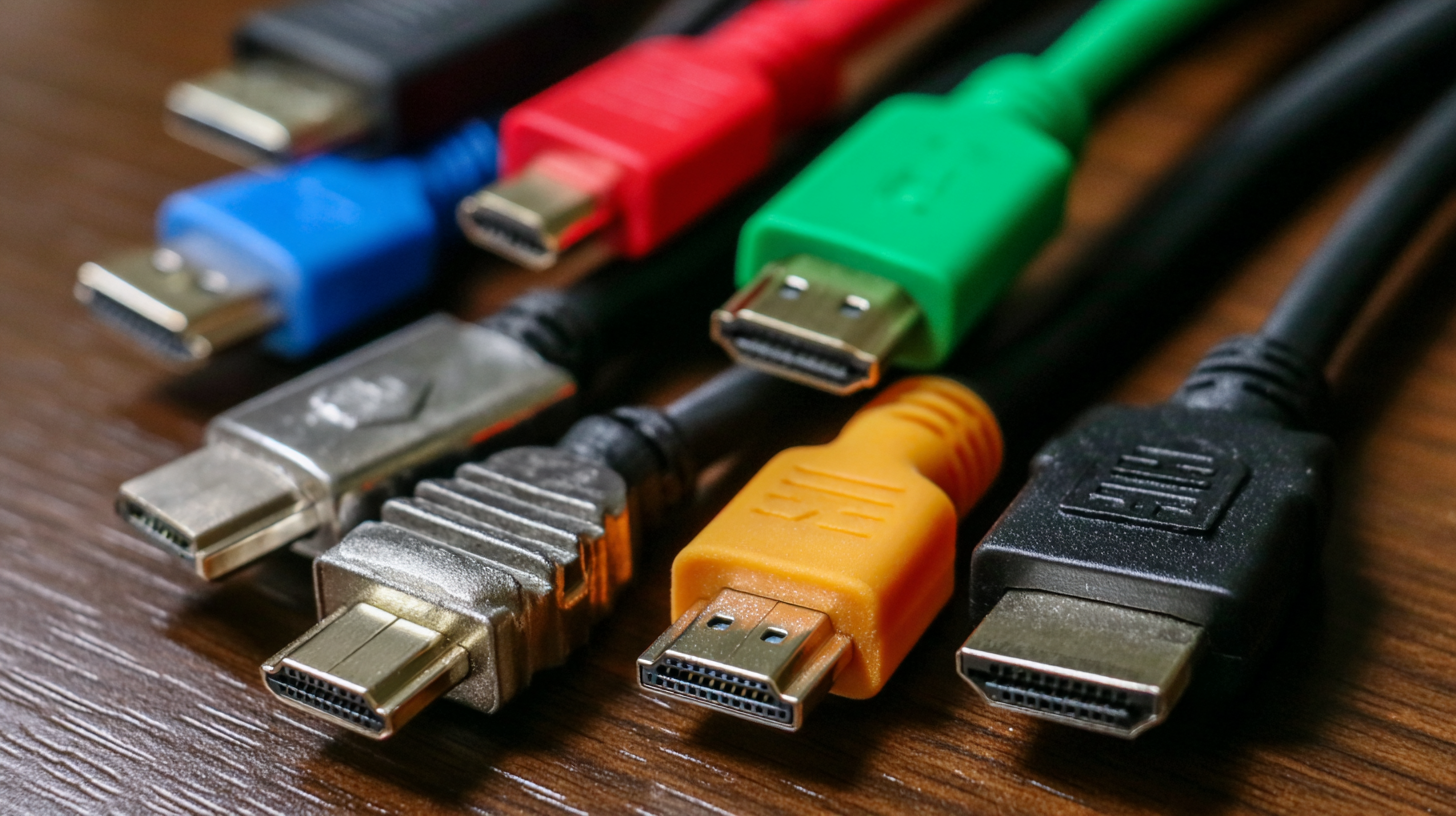
Top Features to Look for in Quality Cable Connectors
When investing in cable connectors, understanding the top features can significantly enhance your experience and ensure reliability. First and foremost, compatibility is key. Choose connectors that seamlessly integrate with your existing cables and devices, whether they are USB, HDMI, or audio connectors. A universal fit often saves you time and money while preventing the frustration of incompatible components.
Another vital feature to consider is durability. Look for connectors made from high-quality materials such as copper for superior conductivity and metal or reinforced plastic housings that can withstand wear and tear. Weatherproof or corrosion-resistant models can be particularly beneficial for outdoor or industrial use. Additionally, pay attention to the design of the connector; features like strain relief can prevent damage caused by bending or pulling the cables, enhancing longevity.
Finally, performance should not be overlooked. High-quality connectors can reduce signal loss and provide better data transfer speeds. Specifications such as shielding against electromagnetic interference and gold-plated contacts can make a noticeable difference in the effectiveness of your setup. By prioritizing these features, you can ensure a smart investment in cable connectors that meet your needs.
Comparative Analysis of Different Types of Cable Connectors
When it comes to ensuring reliable connections in various electronic applications, selecting the right cable connectors is crucial. Different types of cable connectors serve distinct purposes, and understanding their comparative benefits can significantly enhance your setup. For instance, USB connectors are a staple in almost every device today, providing fast data transfer rates and versatility. In contrast, RJ45 connectors are essential for network cabling, offering robust performance in Ethernet applications.
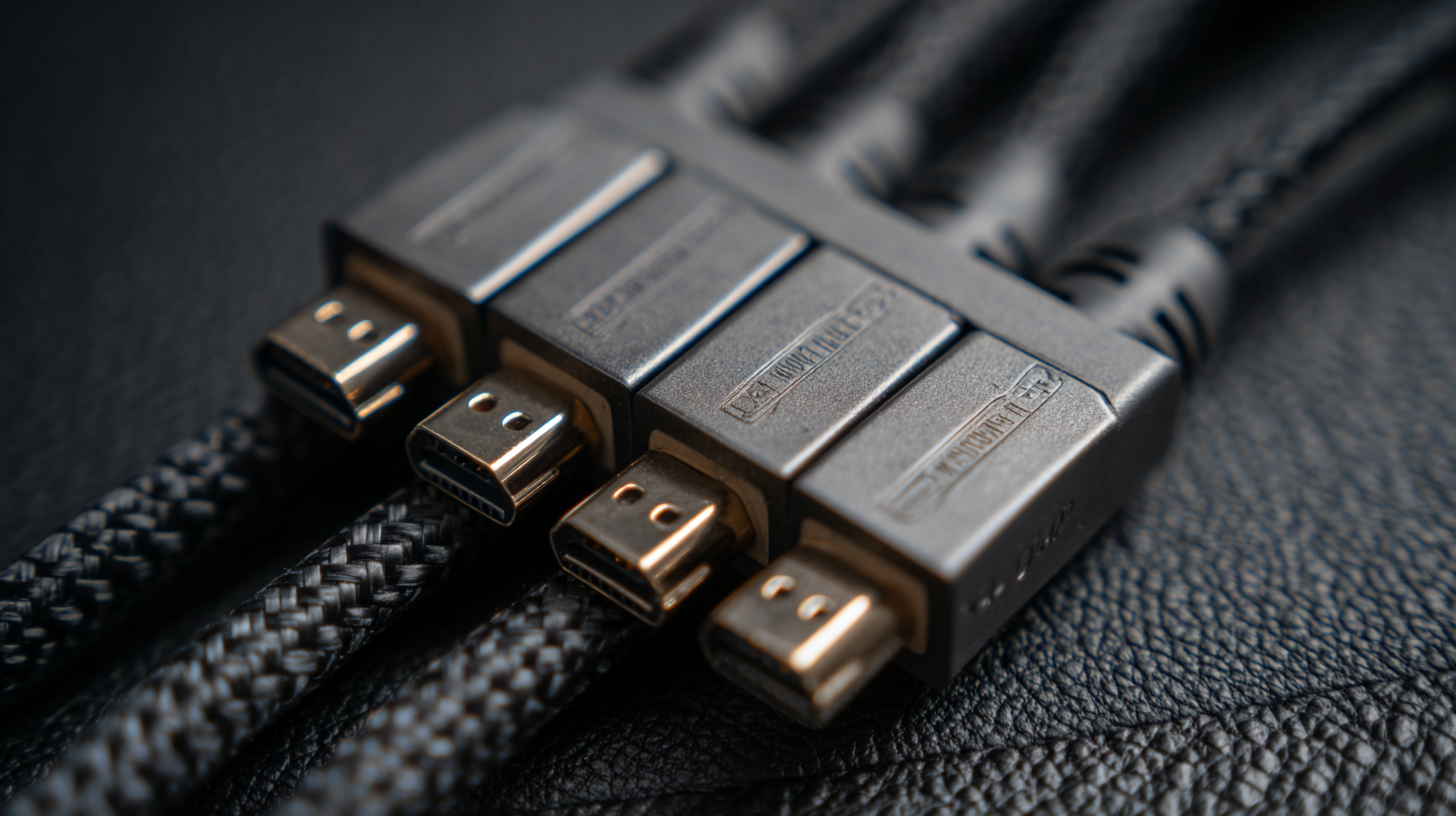
Moreover, for audio and video applications, XLR and HDMI connectors stand out. XLR connectors are preferred in professional audio setups for their balanced connections and noise reduction capabilities, suitable for live sound or studio environments. On the other hand, HDMI connectors are indispensable for high-definition video and audio transmission, making them a go-to choice for home theaters and gaming consoles. Understanding these differences can guide you in choosing the best connectors tailored to your specific needs, ensuring both performance and durability in your electronic configurations.
How to Choose the Right Cable Connector for Your Needs
When selecting the right cable connector for your needs, it's essential to consider the specific requirements of your application. According to industry reports, the global cable connector market is projected to reach USD 31.92 billion by 2027, driven by the increasing demand for connectivity in various sectors, including telecommunications and consumer electronics. It's vital to choose connectors that not only meet technical specifications but also align with industry standards. For instance, connectors with RoHS compliance ensure that they meet environmental safety criteria, which is crucial for many modern applications.
Moreover, factors such as size, durability, and connectivity type play a significant role in connector selection. For example, in the aerospace sector—a rapidly growing segment—quality and reliability are non-negotiable, with a projected market growth from USD 24.63 billion in 2022 to USD 35.06 billion by 2028. This necessitates the use of connectors designed to withstand harsh conditions while maintaining performance. Additionally, the choice between options like USB, HDMI, or Ethernet connectors should be guided by the data transfer rates required; for instance, USB 3.0 can transfer data at speeds up to 5 Gbps, catering to modern high-speed requirements.
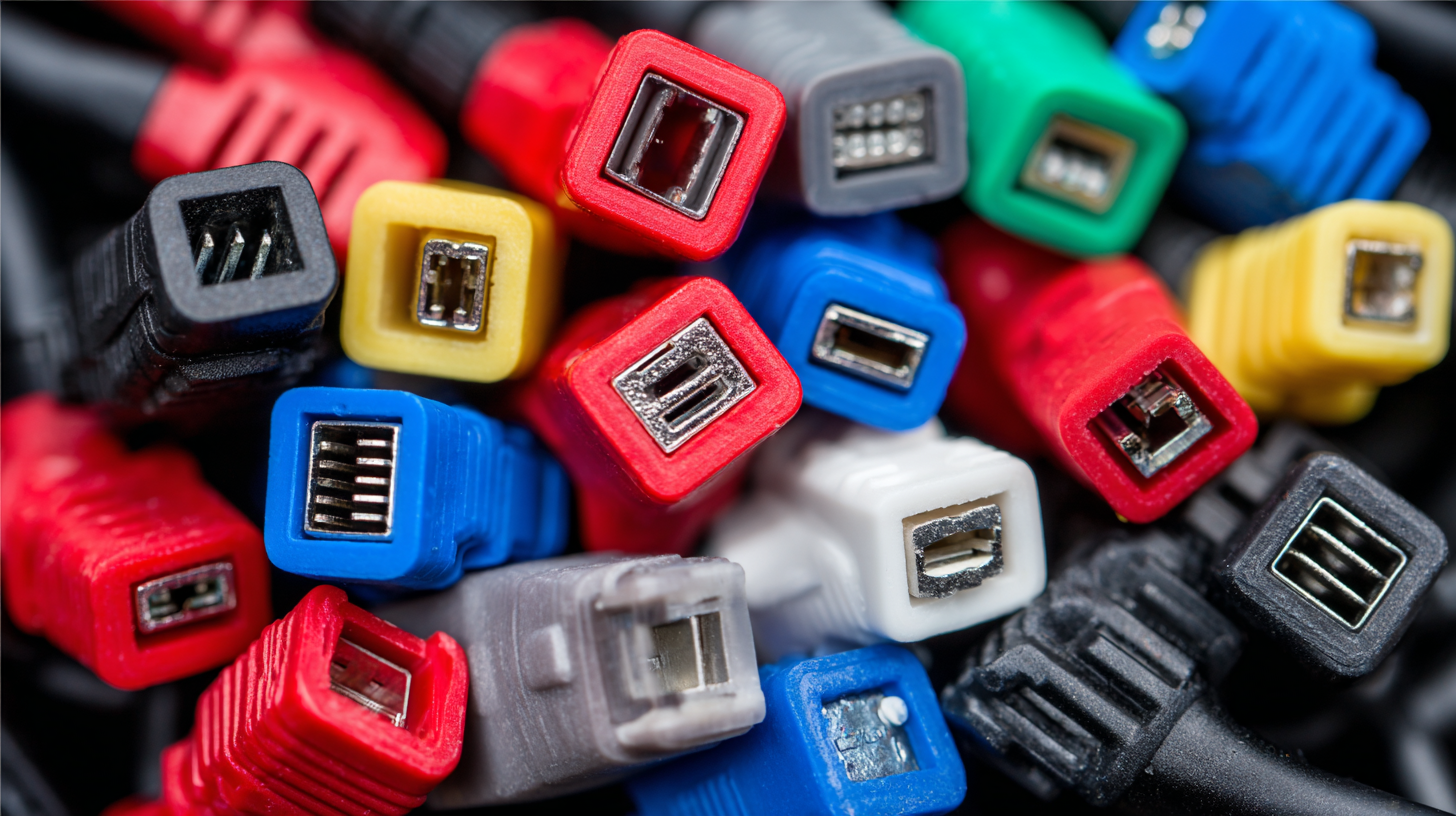
Tips for Proper Installation and Usage of Cable Connectors
When it comes to optimizing your audio and video connectivity, the proper installation and usage of cable connectors is pivotal. According to a comprehensive report by the International Society of Automation, approximately 30% of connectivity issues arise from improper installation practices. Ensuring that connectors are securely attached and correctly aligned can significantly reduce signal loss and improve overall performance. For instance, using gold-plated connectors can enhance conductivity and resist oxidation, thus prolonging the life of your connections and ensuring clarity in signal transmission.
Additionally, adhering to industry standards and guidelines can further enhance the efficacy of your setup. The Telecommunications Industry Association (TIA) emphasizes the importance of utilizing the right type of connector for specific cable types, recommending practices such as proper torque settings when terminating connections. Studies reveal that maintaining the recommended torque can minimize the risk of mechanical failure, which is responsible for nearly 25% of connectivity problems. By investing in quality cable connectors and following these installation tips, users can achieve a more reliable and efficient system that meets their connectivity needs.
Common Mistakes to Avoid When Investing in Cable Connectors
Investing in cable connectors is critical for maintaining efficiency and safety in electrical systems. However, there are common mistakes that many make when selecting and using these components. A recent incident highlighted by local news underscores the importance of proper labeling and identification of backup cables.
Inaccurate connections, such as mistakenly energizing a backup cable, can lead to significant outages, as seen in the case where areas experienced a 48-minute blackout due to a wrong connection. According to industry reports, inappropriate connector usage contributes to approximately 30% of electrical failures, emphasizing the need for meticulous installation practices.
When choosing cable connectors, it’s crucial to understand the specifications relevant to your application. Selecting connectors that do not match the required electrical load can be detrimental, not just causing potential outages, but also posing serious safety hazards. Research indicates that connectors designed for specific voltage or current ratings can greatly enhance system reliability and lifespan. Hence, investing in quality products and adhering to best practices in installation can prevent costly mistakes and ensure robust performance of electrical systems. Remember, clarity in labeling can avoid confusion during maintenance and operations, illustrating the fundamental role that proper cable management plays in electrical safety.
Related Posts
-

7 Essential Tips for Choosing the Best Fiber Optic Termination Kit for Your Projects
-

How to Choose the Right Coax Adapters for Your Connectivity Needs
-
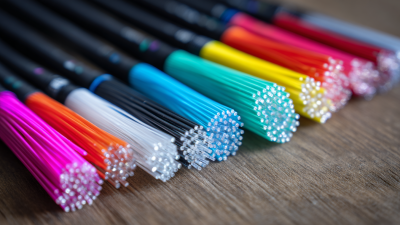
Understanding the Types of Fiber Optic Wire: A Comprehensive Guide
-

How to Select the Best RJ45 Cable Tester for Your Networking Needs: A Comprehensive Guide
-

Exploring Innovative Alternatives for Effective Wire Management Solutions
-

5 Digital Insights and Tips for Choosing the Right Optic Cable to Enhance Your Network Performance

